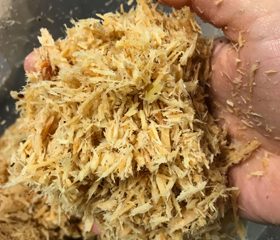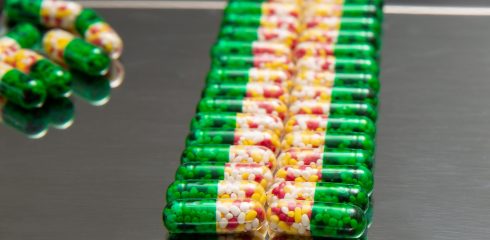
As I went to put sugar in my tea one morning, I noticed that the lid had not been put back on the jar. This resulted in sugar clumping together to form lumps and made it rather difficult to get a spoonful of sugar. As I broke the lumps apart with my spoon, thought back to the many caking issues that I have worked on with my clients.
Some examples of caking include candy pieces that bond together, powdered fruit mix that agglomerates once shipped to a client in a humid environment, detergent or powdered soap that clumps after being stored in a warehouse. No manufacturer enjoys when their ingredients or products that were once easy-flowing suddenly become cohesive or form lumps after transportation or storage. This product degradation can result in customer complaints, rejected product, and product waste.
Solving a caking issue can be complex since the root cause is not always clear. There are many potential causes of caking that are highly material dependent. Addressing a caking problem often involves bench-scale testing to determine the conditions under which caking will occur, so that these conditions can be prevented in production or transport. Since strength is the fundamental property of an agglomerate, measuring the strength of a bulk material is the most useful approach to calculate its caking potential.
The test results are used to ascertain the limits of key control variables, such as moisture content, relative humidity, consolidation stresses, storage time at rest, and temperature, so that an engineered solution can be developed.
I put the lid back on the sugar jar, sipped my tea, and headed off to work encouraged that there is a scientific approach to addressing these complex caking problems.




